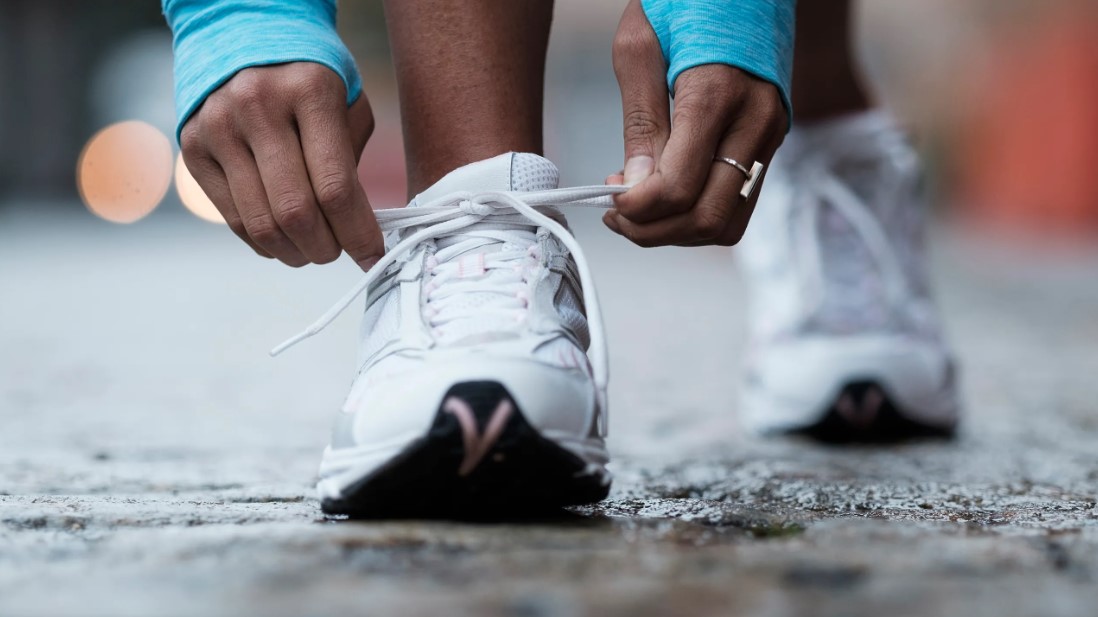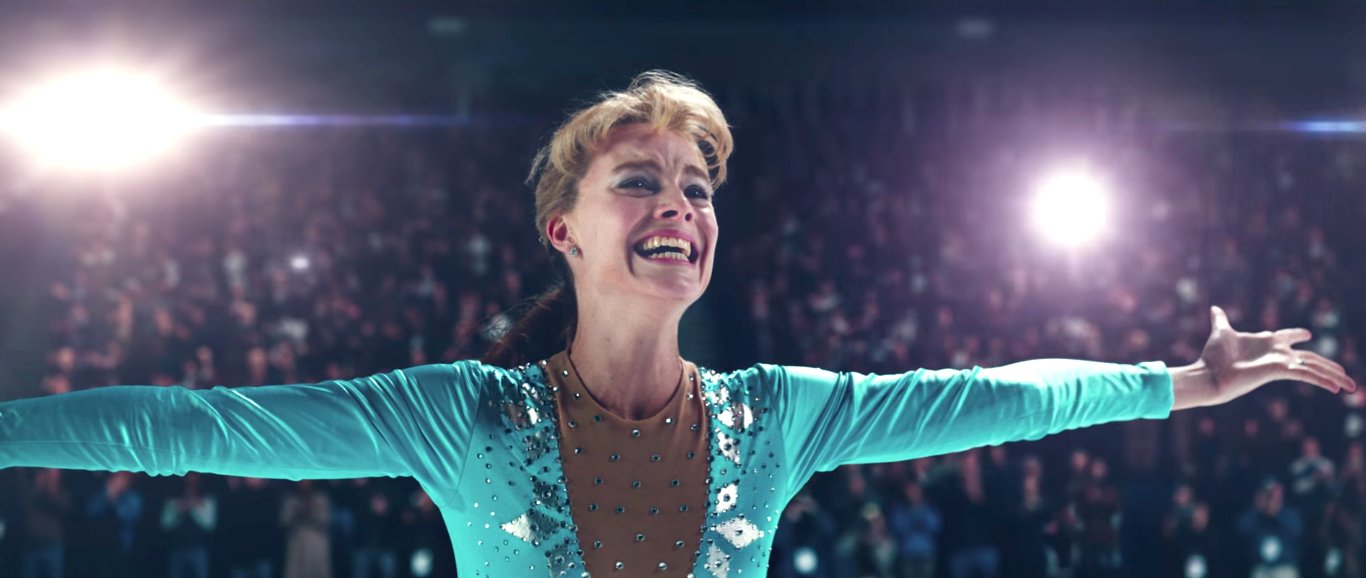6 Psychological Problems of Working Out at the Gym
When we begin to exercise more seriously, the psychological problems come into play: shame and inadequate demands on ourselves, the substitution of health for appearance, the trap of comparison with a non-existent ideal, etc.
Today we’ll talk about six wrong attitudes of sports enthusiasts and their practical solutions.
Problem #1. Body Shaming and the Fitness Body Cult
Body shaming is the criticism of someone else’s or your own body based on appearance. The feeling of increased critical attention to one’s body is probably the first thing everyone encounters when coming to the gym. If we do not give up and continue exercising at this point, we soon, along with the joy of progress in the creation of the desired body, we may find ourselves actively discussing other people and searching for the tiniest flaws in their bodies. Any social and personal achievements tend to zero on the background of our not-perfect body shape.
Body shaming in the gym usually takes two narrower forms: fat shaming and skinny shaming.
Body shaming at the gym hides under different masks. At some point, it becomes clear that you must be muscular, but not overly so; athletic, but feminine. In short, you don’t have to intimidate people around you with your new hobby.
In fitness, the body has been discussed all the time. It’s kind of what we come to train for, isn’t it? To point out problem areas, outline a “work plan,” and improve ourselves. But unfortunately, the line between constructive discussion and a downward spiral of idle talk gets blurred quickly.
The appearance begins to serve as an indicator of health and an excuse to punch the “imperfect” person under the guise of genuine concern. A beautiful athletic figure begins to be considered a guarantee of success in love and career, the only possible expression of sexuality, and puts its owner on a higher level of the fitness hierarchy.
The figure on the scale becomes the primary goal, and daily body measurements become a cause of joy or anxiety for the whole day.
Consequences
- Refusing to exercise in the gym because of overly aggressive environmental pressures.
- Training too intensively, wanting to become among the “chosen ones” as soon as possible. Contempt for all those who don’t rush to do the same and sharpen their bodies to perfection.
Solutions
- Regardless of which side of the body-shaming fire you find yourself on, ultimately, the one who can step out of the visual body evaluation concept wins.
- Do the experiment and give up discussing any bodies for a while.
- We usually don’t realize how often we get involved in such conversations. Ask yourself: “Why do I want to discuss this person’s body figure? Do I want to get an affirmation of my awesomeness or insignificance?”
- Remember that the gym is not just a place to work on your appearance but also on speed, stamina, strength, perseverance, consistency, a willingness to challenge yourself and overcome obstacles, discipline, and commitment.
Problem #2. Bulimia and Orthorexia
Eating disorders are the faithful companions of active sports enthusiasts.
Bulimia is periodic intense hunger attacks accompanied by attempts to get rid of food we ate as quickly as possible (e.g., eating eclairs and immediately inducing vomiting) due to an all-consuming feeling of guilt.
Bulimia is a full-fledged eating disorder included in the current world classification of diseases (ICD-10), which requires careful attention to the person’s psychological condition.
Orthorexia is a pathological adherence to “clean” and healthy eating. The term was introduced in 1997 and is not yet included in the ICD-10 due to its novelty. However, an increasing number of specialists tend to consider orthorexia a severe psychological disorder that can lead to a noticeable deterioration of a person’s life.
The desire to eat a balanced and high-quality diet cannot be considered an eating disorder. Still, according to recent observations, the boundary between healthy and unhealthy orthorexia lies in the fact that, in the first case, a person is focused on the quality of food and products. In contrast, in the second, the person totally controls themselves with fear of gaining excessive weight.
Trainers and sports nutritionists do not always explain that their strict nutrition plans only work for a limited period, after which they must be replaced with a more gentle diet.
As a result, actively exercising, people almost inevitably break down and blame themselves for weak willpower, while the body is merely replenishing macro- (proteins, fats, carbohydrates) and micronutrients (vitamins and minerals) and trying to reduce the stress caused by replacing too many habits at once.
Consequences
- Going into prolonged binge eating, loss of the obtained results, feelings of guilt. Attempts to get back into a rhythm with further breakdowns.
- Titanic efforts to maintain a perfect image of discipline and commitment.
Solutions
- Remember that getting off a diet plan is an entirely natural thing for the body that happens to everyone in one way or another, and don’t blame yourself. Allow yourself to eat your favorite dishes occasionally, just like meeting up with friends you rarely see.
- Abandon detox marathons and short-term programs and set yourself up for the long haul by gradually incorporating healthier habits into your life.
Problem #3. The Trap of Endless Comparison and the Constant Feeling of Insufficiency
Social media, advertising, celebrity attention – it all becomes a source of the endless trap of self-comparison. We are constantly shown perfect bodies, lives, relationships, friends, and careers.
Headlines in women’s and men’s magazines actively draw attention to the discrepancy between reality and what is presented as the ideal image.
The situation is exacerbated because the media broadcasts a highly narrow conception of the norm. Looking at the magazine covers, you are unlikely to see much diversity: people of different races and colors, different body sizes and shapes, different ages and genders, physical abilities, social groups, and incomes. Most likely, it will be a white cisgender man or woman of athletic appearance, with no visible signs of disability or physical imperfections, but with obvious signs of richness (expensive clothes, perfectly groomed appearance, etc.)
The present-day understanding of the “norm” paints an ideal that is physically unattainable for most people but makes them believe it is achievable.
It is exploited by dishonest online professionals who promote “natural” transformations through unique programs (increasing or decreasing certain body parts, facial rejuvenation, tremendous weight loss or gaining muscle mass, etc.) without advertising their calls to surgeons and cosmetologists. We buy these programs and quit halfway through, believing we should have tried harder.
Consequences
- An unreasonable investment of time, money, and emotion trying to reach for perfection. Contempt for those who don’t do the same.
- Unjustifiably low perceptions of oneself and one’s worth are exacerbated after watching social media.
- Dangerous experiments on the body for a more conventional appearance (corsets, fat burners, supplements, anatomically incorrect exercises, surgery).
Solutions
- Everyone’s circumstances are unique, and what’s easy for someone else won’t necessarily be easy for you and vice versa.
- Average success in the gym has different costs for a healthy person with great genetics, someone with an incurable diagnosis, and someone recovering from major trauma. We could continue this discussion, but the point is clear – we are all very different.
- Unsubscribe from social media accounts that make you feel miserable and trap you into comparison.
- Push the boundaries of the norm by subscribing to pages of people and brands that show a variety of body shapes and sizes. Even athletic bodies come in absolutely any size, and soon, after updating your social media feed, you may find that you’ve become less concerned about the “imperfections” of those around you.
- Learn to distinguish the innate from the acquired. If you genetically don’t have a wasp waist, a fitness corset won’t make it for you safely. You can’t locally build huge muscles, cover a wide postpartum diastasis or increase breast size just by exercising.
- To avoid getting hooked on unbelievable promises, start with yourself and your condition rather than the perfect media image.
Problem #4. Mixing Professional and Amateur Fitness
In our society, drawing a clear line between amateur and professional sports is not always possible. Instead, the desire for perfection pushes us to conquer new heights and set the bar too high.
You can often see how a beginner gets so involved that they enter the competition scene six months later. But even more often, you can see clients who want to look good and be active begin to focus their training on the shapes and lifestyles of fitness athletes.
The income of professional athletes and models is directly related to how perfect their bodies look. Besides working with an entire support team (an expensive trainer, personal nutritionist, stylists, photographers, massage therapists, beauticians, surgeon), they devote much time to sleep and recovery – things a non-professional can rarely afford.
Their bodies must maintain a drier, more muscular shape year-round, their diets are rigorous and specific, and their fat, water, and muscle percentages differ from the healthy levels of the average person. All of this is a tremendous physical and psychological challenge.
Unaware of this difference, the fitness beginners set too elusive goals and miss out on their “average” progress, even when it brings a significant upgrade in their quality of life.
Consequences
- Dissatisfaction with even obviously great results distortion the image of a healthy body in favor of the “too athletic” bodies of actors, fitness models, and performing athletes.
- Increased anxiety, lack of recovery time, too much effort, and emotional investment in pursuing results.
- Oppression in other life areas, which are potentially more lucrative.
Solutions
- When chasing the athlete’s or model’s body, sometimes ask yourself, “Will it make a difference in my life, income, career, relationships? Will this effort pay off?”
- If you’ve realized that you want to pursue professional fulfillment through sports, you may need help and advice from professional coaches.
Problem #5. Appearance Replacing Health
People began to equate a perfect body and health not so long ago. Comments that a large body cannot be healthy have become commonplace in numerous body-positive network communities. A recent photo of a plus-size dummy wearing Nike sportswear provoked a storm of outrage from active adherents of a healthy lifestyle. Although fortunately, the same storm of acceptance from sportswomen with bigger clothing sizes was also evident.
Society has a default tendency to categorize slim and thin people as healthier and stronger than fat people. Neither doctors nor trainers are immune from this, who may give obese people easier workouts, considering them untrained and unable to perform a significant load, while offering heavier weights to skinny people, which leads to confusion and irritation in the former and is potentially traumatic for the latter.
Consequences
- Neglecting overweight people. Creating an unfriendly environment in the gym.
- Ignoring and glossing over your health problems, sincerely believing that “perfect” weight solves everything.
Solutions
- Differentiate in your perception of weight and health, and refuse to label one side or another automatically.
- An active lifestyle is beneficial for people of any weight. With your therapist or sports physician, choose the workout that best suits your health condition. It is advisable for everyone, regardless of body parameters and health, to have the necessary examinations at least once a year and to get permission to continue exercising.
Learn more about HAES (health at every size) in Linda Bacon’s book of the same name.
Problem #6. Belief in the Principle of “No Pain – No Result”
How often do you hear that you didn’t train hard enough if you left the gym on your feet?
Most fitness club attendees strive for a high level of exertion, even without any experience in training, while 80% of them have some kind of health problem. Therefore it is always worth looking for a qualified instructor that will give you the optimal load for your health and notice alarming signals in time.
Consequences
- Inadequate and traumatic overload depresses the work of all body systems. Insufficient time to recover, high levels of stress.
- Inability to concentrate after training and do anything but rest.
- Possible problems with the amount of food consumed after giving up an overly active regime, as a consequence of weight gain.
Solutions
- Results in fitness can be absent for many different reasons, and it is not always a matter of muscle loading. Furthermore, results may be lacking precisely due to the constant load increase.
- Calculate the optimal intensity of the load and the target heart rate zone, beyond which you should not exceed. You can do this yourself and, if necessary, discuss it with your therapist or trainer. Familiarize yourself with the description of external signs of fatigue so that you can rest in time if needed.
- The better you understand your body and its needs, the calmer you are in avoiding common psychological traps, the more stable your results will be, and the healthier your relationship with a healthy lifestyle will become.
For premium readers






